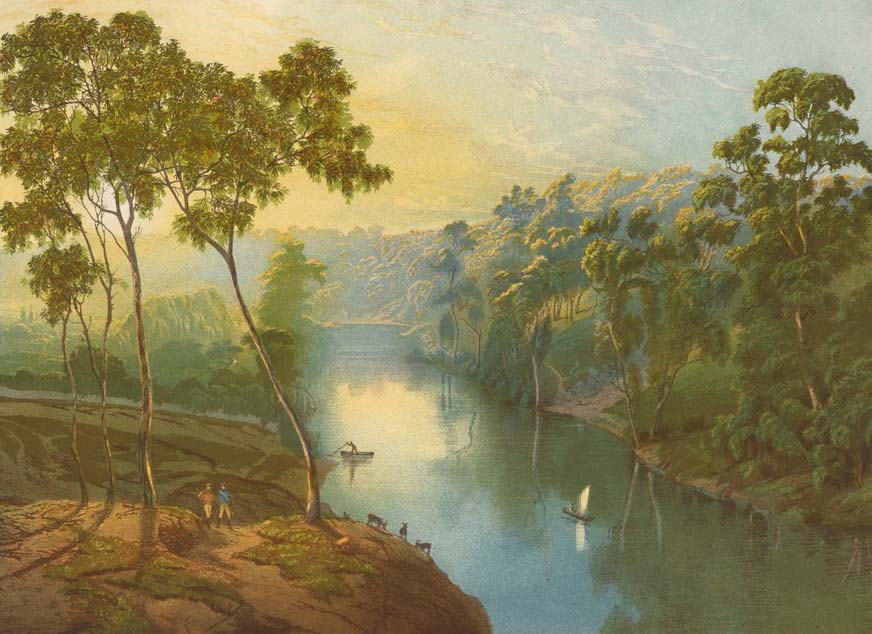Stephen (Rocky) Tregonning is a Senior Cultural Guide at the Koorie Heritage Trust. He leads cultural walks along the Yarra River, explaining its history, environmental changes and cultural significance. We interviewed Rocky for our latest newsletter, and the story below is adapted from this interview.
This article is from Issue 28 of Environment Victoria News. You can read the full version and download it here >>
I’M FROM THE GUNAI/KURNAI TRIBE of the Gippsland regions, and I grew up around the mission and on the riverbanks. My mother Lillian and my grandparents were from Coranderrk mission in Healesville.
When I grew up at Lake Tyers Mission, we weren’t allowed to hunt and gather; we weren’t allowed to do language or cultural practices. Our mission had barbed-wire fences around it, locked-up gates. We lived in concentration camps on our own land.
I’ve connected with the Birrarung (the Yarra River) because it was a fresh running river and the sea life and the tucker life within the Birrarung reminds me of home. My brother was a senior cultural guide for 20-odd years, so I’ve sort of followed his footsteps, telling people the stories and the truth from our side.
It’s nice to tell people about the Yarra, how it was blue running, that it was an eel breeding ground, that it had dolphins and sharks and stingrays. This place was a winter Kakadu. And then we use the early settlers’ records to show some of the historical changes to the river.

The Birrarung (Yarra) was once a verdent winter Kakadu teeming with life.
The most important part of the tour is understanding the impacts of change on the river, and the impact on the Aboriginal community, particularly on the Wurundjeri. This was their main food source. The community would have roo running past, they go down to get flake out from where the Aquarium is now.
When [the first Europeans] came up the Yarra, it was green, very verdant, but then sheep and cattle decimated our traditional bush tucker sources. When the waterfall was removed and the salt water inundated the fresh running river, the eel breeding stopped, the dolphins and sharks stopped coming. My ancestors would have started starving.
But we have to get on with it. Let’s move on to the future – we can’t dwell on what’s happened in the past. The best way for us to move forward is through consultation, discussions, talking with the community.
These Birrarung walks are a fairly new project. It’s only been happening for 18 months or so, and as it becomes more and more popular we can see that there’s avenues to build onto it, like bush tucker. It’s only a basic introduction, this walk and talk, but we do go on to do other things like cross-cultural awareness training. So it’s great to have a stepping stone.
You can get more info on the Koori Heritage Trust’s guided walking tours here >> koorieheritagetrust.com.au/cultural-education/tours